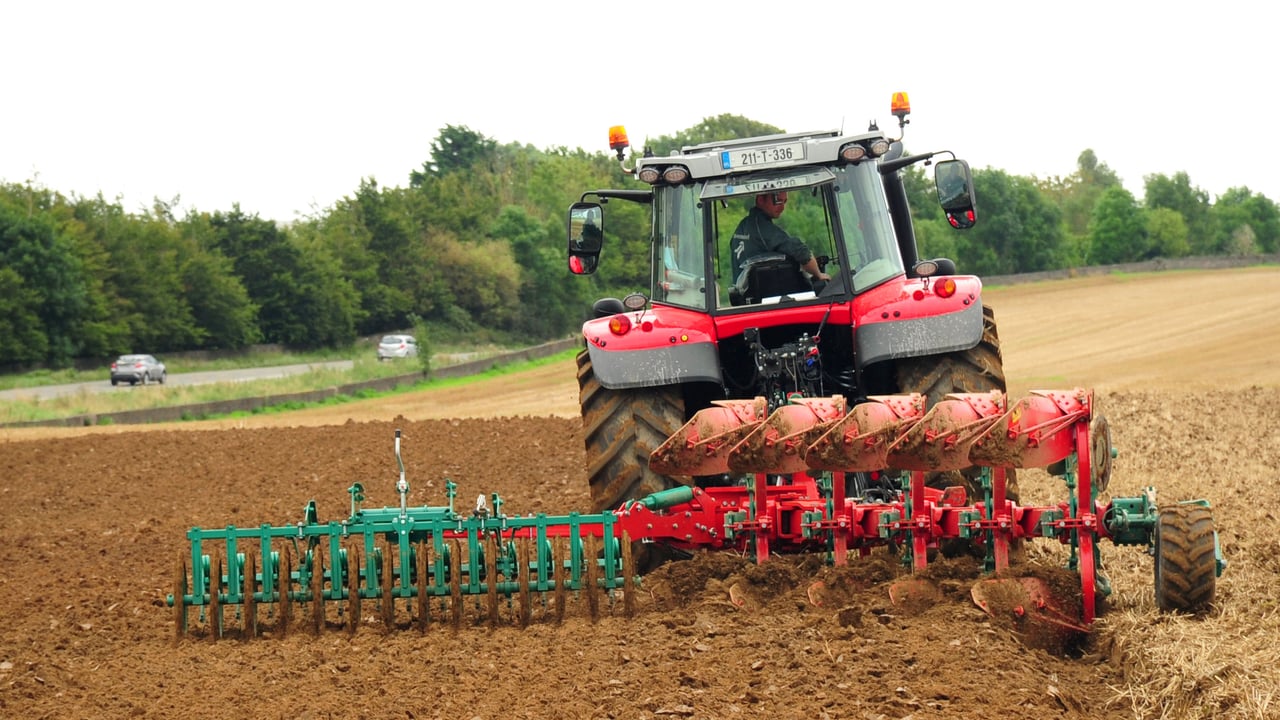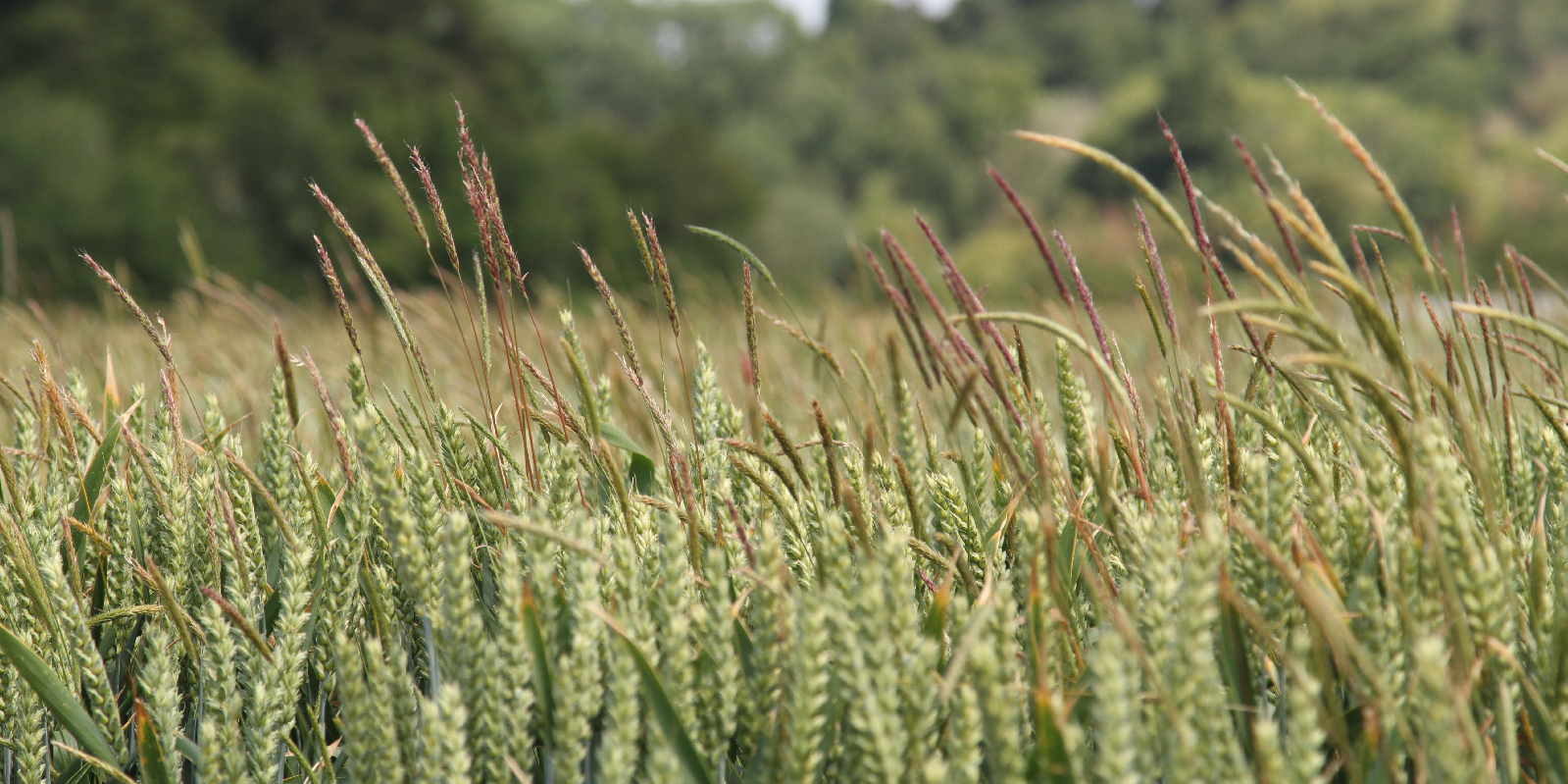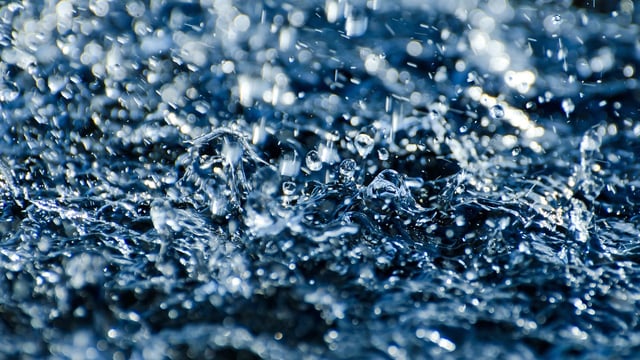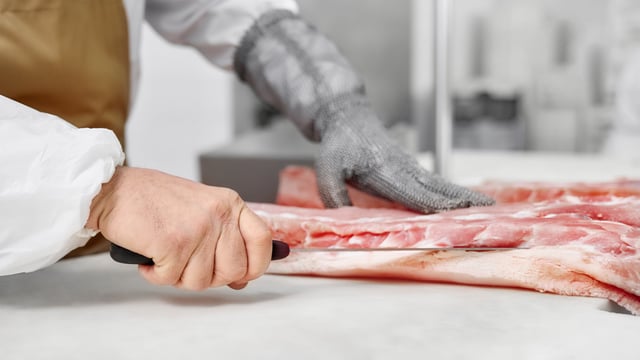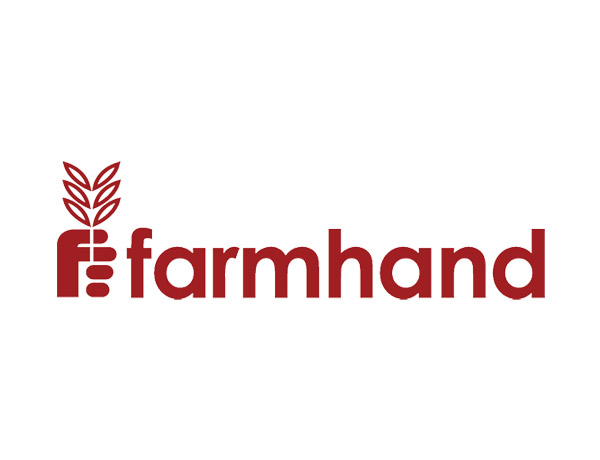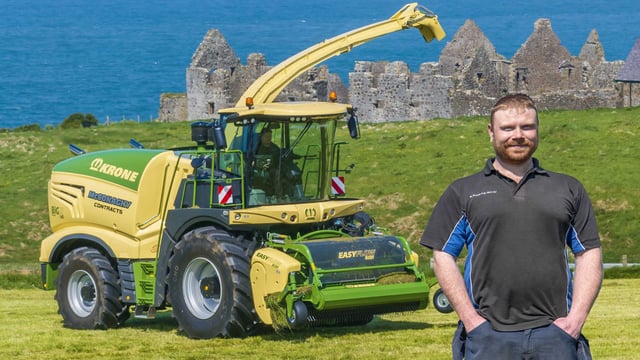Opinion: Ploughing will remain at the heart of Irish tillage farming
It is hard to argue against the proposition that ploughing will remain at the very heart of Irish tillage farming.
Harvest 2025 is fast coming to an end. The coming weeks will see tillage farmers across Ireland commit to the 2025/2026 planting season.
Given the success of crops such as winter oilseed rape and winter wheat, there is an expectation that the cropping area may well increase during the year ahead.
And, no doubt, the first implement coming out of sheds to help make this happen will be the plough.
As production agriculture looks to the future, one within which the use of herbicides will be strictly limited, it is obvious that ploughing will – once more – become centre stage from a soil cultivation perspective.
Herbicide-resistant weeds
Consider the facts: herbicide-resistant weeds are gaining a foothold in all our crops. And given current trends, their numbers look set to increase exponentially.
Take the threat of blackgrass as a case in point.
Over the years, the weed has developed an almost total resistance to selective herbicides.
Some of the cereal crops grown in England this year contained up to 400 blackgrass plants/m2. Infestations of this magnitude can reduce final grain yields by up to 3t/ha.
The only way to minimise the impact of the weed on infected farms is through a combination of cultivation techniques and rotational crop changes.
From a cultivation point of view, the use of min-till or zero-till systems do nothing at all to help the situation. In fact, they probably facilitate further growth in blackgrass numbers.
Ploughing, on the other hand, acts like a re-set button. By burying blackgrass seeds to depths below which they cannot germinate, genuine control of the weed is achieved.
Unfortunately, we here on the island of Ireland are not immune from the blackgrass problem.
Herbicide-resistant populations of the weed are fast becoming a challenge for arable farmers on this side of the Irish Sea.
And other resistant weeds are also making their presence felt on local farms: Italian ryegrass, bromes and canary grass amongst them.
Many people are happy to decry the plough. They point to the costs involved and the perceived damage to the soil biome caused by ploughing.
Neither of these arguments hold up. The reality is that ploughing will consistently add to the yields achieved from all cereal crops. In other words, it will always pay for itself.
Moreover, the most recent research indicates that a soil’s biome and physical structure will be fully re-constituted six months after ploughing has taken place.
So, here is the reality - taking the plough out of local agriculture is a bit like throwing the baby out with the bathwater.

